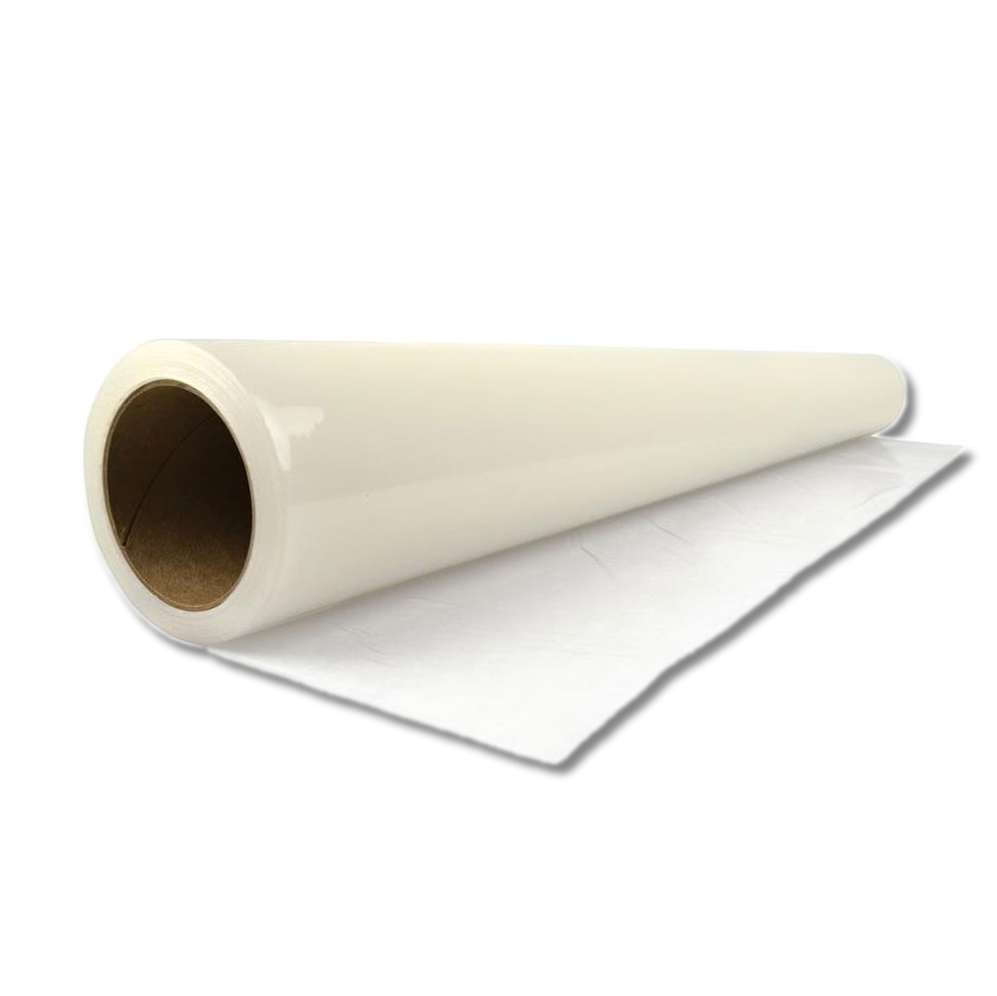blog
Cost-Effective Solutions: The Economic Impact of Adopting Dyed Film
- 2024.05.22
- Martin. C
In today's economy, businesses and homeowners alike seek solutions that not only improve efficiency and aesthetics but also provide substantial cost savings. Dyed film, widely used in automotive, architectural, and interior design applications, stands out as a cost-effective choice that can positively impact the bottom line. This blog post explores the economic benefits of adopting dyed film, highlighting how its features translate into savings and efficiency gains.
Energy Efficiency and Cost Savings
One of the most significant impacts of dyed film is its ability to reduce energy costs. By blocking a portion of the sun’s heat and UV rays, dyed film helps maintain more consistent interior temperatures, reducing the load on heating and cooling systems.
Reduced HVAC Expenses
In commercial buildings and residential homes, window films can cut down on the amount of air conditioning needed during hot months. For instance, buildings with dyed film on their windows have reported up to 30% savings on cooling costs during peak summer months. This translates directly into lower utility bills and a smaller carbon footprint.
Prolonged HVAC Lifespan
Additionally, by reducing the frequency and intensity of HVAC use, dyed film helps extend the lifespan of these systems, potentially saving thousands in capital expenditures over time.
UV Protection and Interior Preservation
Dyed film blocks up to 99% of UV rays, which can degrade and fade interior furnishings like carpets, furniture, artwork, and equipment. By protecting these items from sun damage, dyed film extends their lifespan, reducing the frequency and costs associated with replacing faded or damaged items.
Cost Savings on Furnishings
In sectors where presentation is key, such as retail and hospitality, maintaining the appearance of the interior setting without frequent renovations can lead to considerable cost savings.
Enhanced Privacy and Security
Dyed film also contributes economically by enhancing the privacy and security of buildings and vehicles, which can help in reducing insurance premiums.
Reduced Risk of Theft
For businesses, reducing the visibility into premises during non-business hours can deter theft and vandalism, potentially lowering insurance costs and avoiding loss of merchandise.
Safety from Shattered Glass
The safety benefits of dyed film, which helps hold glass shards together in case of breakage, can also be economically quantified through decreased liability risks and enhanced security.
Low Maintenance Costs
Compared to other window treatments like blinds, drapes, or etched glass, dyed film is relatively low maintenance. It does not require regular cleaning or special maintenance, and it's durable against wear and tear.
Savings Over Alternatives
The cost of maintaining or replacing other forms of window treatments can accumulate over time. Dyed film, being a one-time installation with minimal upkeep, provides a cost-effective alternative.
Installation and Retrofitting
Dyed film is also advantageous in terms of installation costs and flexibility. It can be easily installed on existing glass, eliminating the need for costly window replacements.
Retrofitting Savings
For older buildings looking to upgrade energy efficiency and aesthetics, retrofitting with dyed film is a significantly cheaper alternative than replacing windows or installing new HVAC systems.
Frequently Asked Questions
1. How long does dyed film last before needing replacement?
2. What is the ROI of installing dyed film in commercial properties?
3. Can dyed film be used to earn LEED credits for sustainable building?
4. Are there tax incentives or rebates for installing energy-efficient window films?
5. How does the cost of dyed film compare to other energy-saving upgrades?
Conclusion
The adoption of dyed film offers a range of economic benefits, from direct cost savings on energy bills and maintenance to indirect advantages such as enhanced asset protection and increased property value. For businesses and homeowners looking for cost-effective, sustainable solutions, dyed film provides a compelling option with measurable economic impacts.
References:
1. Surface Protection Film Market Outlook for 2024 to 2034
2. Who emits the most CO2 today?

 Pender
Pender
 Rode
Rode
 Santana
Santana
 Shure X
Shure X
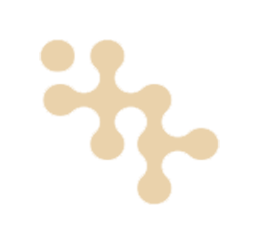 Camo
Camo
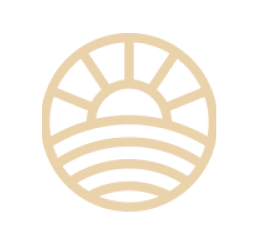 Sunset R
Sunset R
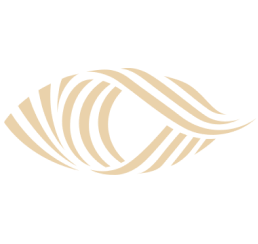 Reiney Blue
Reiney Blue
 Aura
Aura
 Aero Shield 500
Aero Shield 500
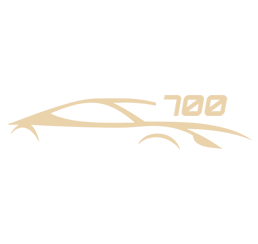 Aero Shield 700
Aero Shield 700

